Tuesday, September 12, was an eventful day at the Baikonur Cosmodrome in Kazakhstan, as the Soyuz rocket for the next astronaut mission to the International Space Station (ISS) was lifted onto the launch pad.
The Soyuz 2.1a rocket will launch the Soyuz MS-24 mission on September 15, at 15:44 GMT (22:44 Vietnam time).
The Soyuz MS-24 spacecraft will carry three crew members of ISS Expedition 70 (Roscosmos cosmonauts Oleg Kononenko, Nikolai Chub and NASA astronaut Loral O'Hara) to rescue crew members stranded on the International Space Station (ISS). more than 6 months ago
The Soyuz MS-24 Soyuz 2.1a rocket was carried by railcar from the Russian Space Agency (Roscosmos) integration facilities in Baikonur, to Launch Complex 31 of the Baikonur Cosmodrome.
NASA photographer Bill Ingals captured the Soyuz's journey on September 12, as the train pulled the rocket down the track to the launch pad.
Roscosmos' Soyuz is a medium-class multi-purpose launch vehicle introduced in 1966 and has since become the mainstay of the Soviet/Russian space program.
It is capable of launching civilian and military satellites, as well as cargo and crew missions to the ISS.
Several variants of the Soyuz rocket have been developed over the decades. The Soyuz 2.1a is one of the latest versions of the Soyuz-2 series.
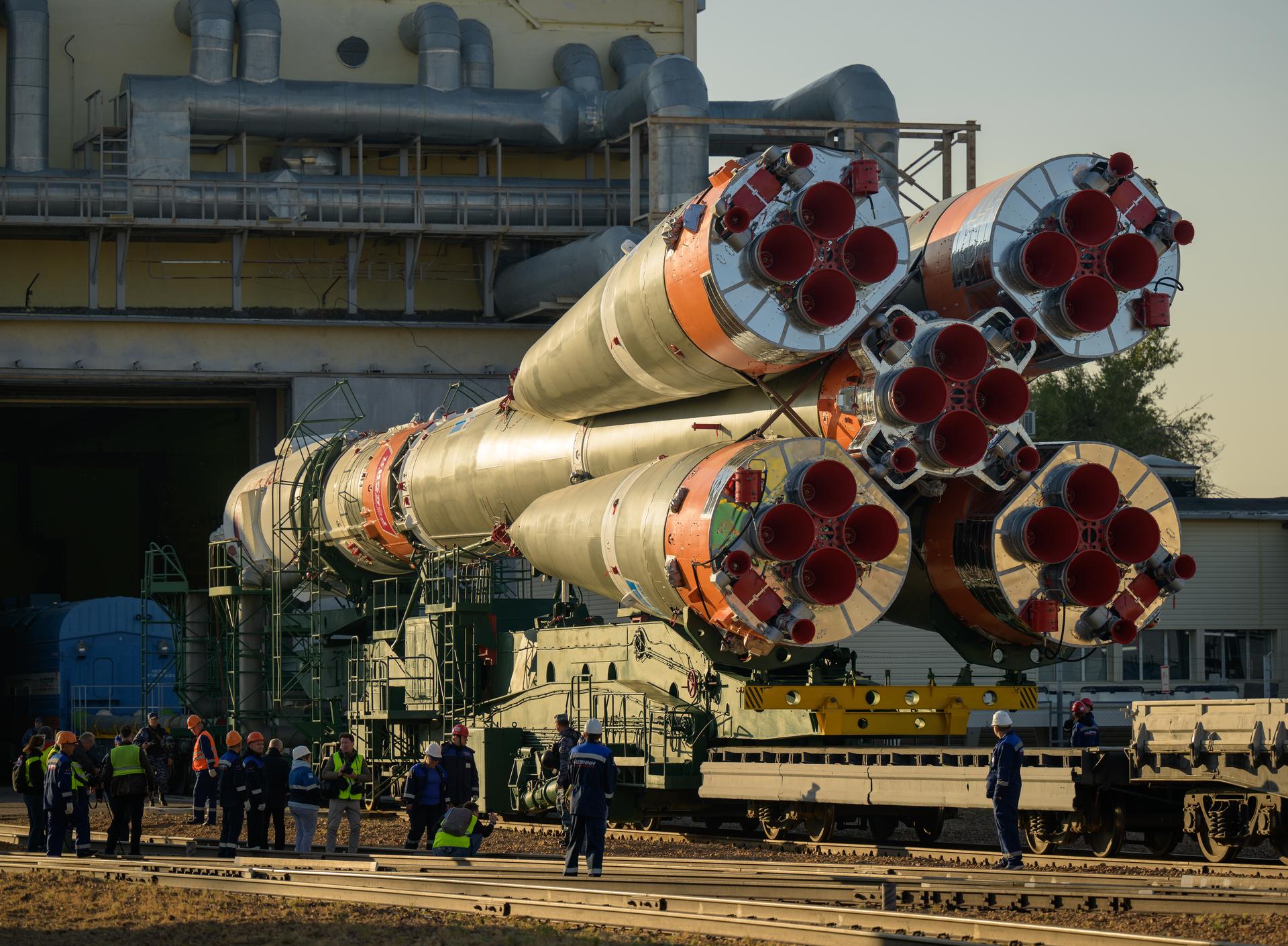
Photo by Bill Ingals/NASA
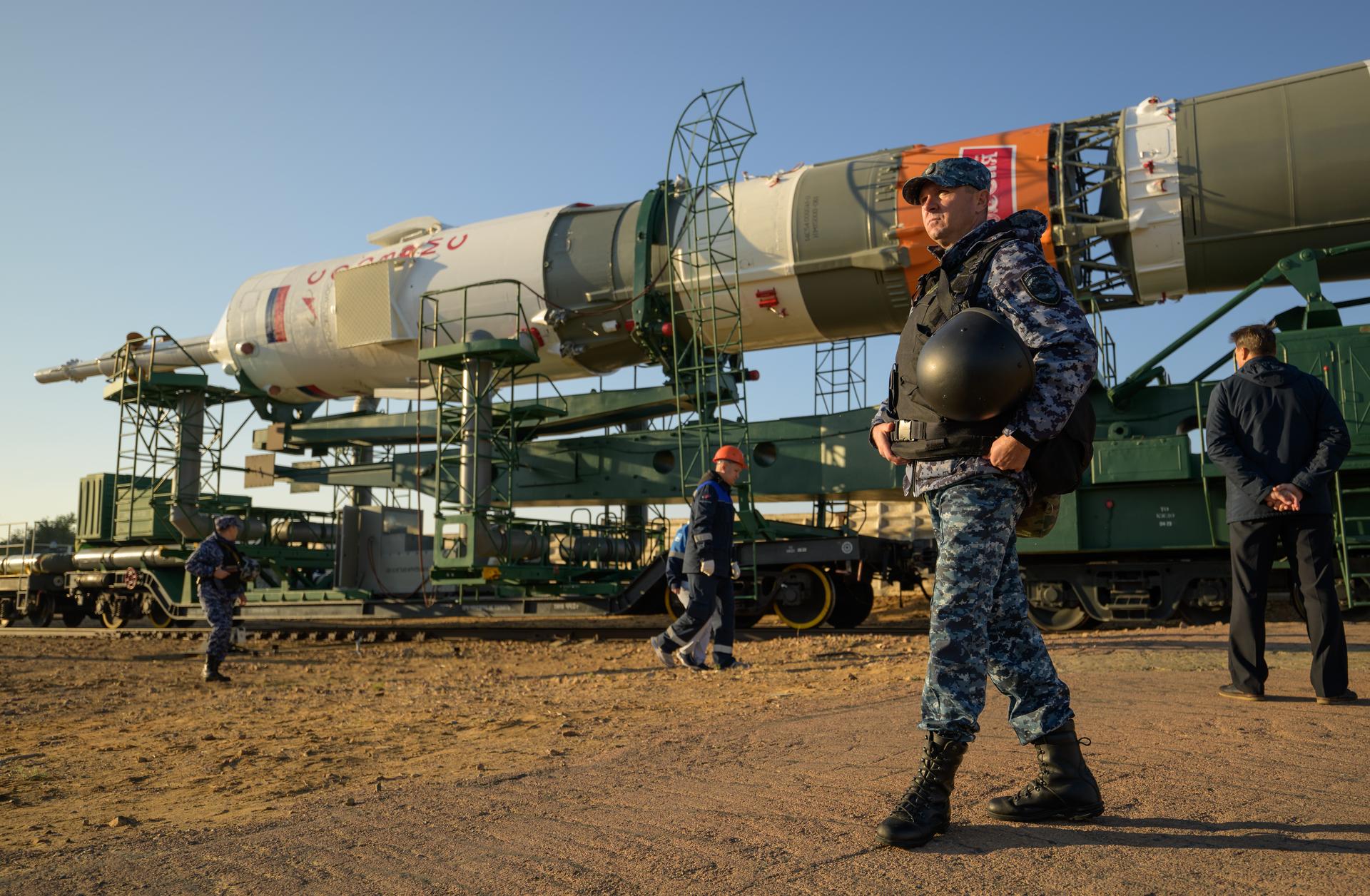
Photo by Bill Ingals/NASA
The Expedition 70 crew members launching this week were originally scheduled to ride the Soyuz MS-23 spacecraft, but were switched to Soyuz MS-24 as part of a schedule adjustment.
The Soyuz 2.1a rocket will launch the Soyuz MS-24 on Friday morning, September 15. The rocket is currently at the launch pad, ready for launch.
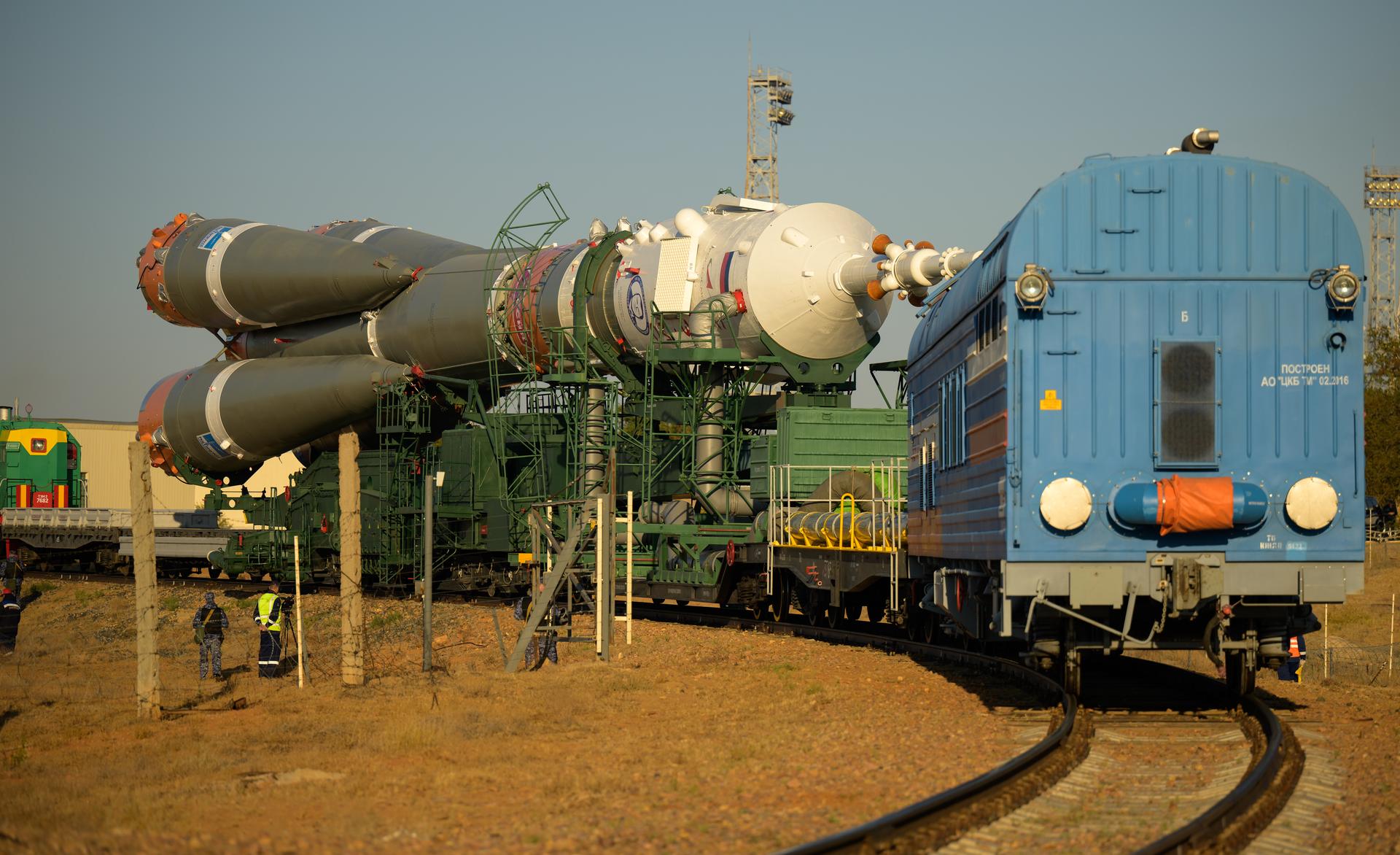
Photo by Bill Ingals/NASA
Roscosmos cosmonaut Oleg Kononenko will fly on Soyuz MS-24 as mission commander. He will be joined by Roscosmos cosmonaut Nikolai Chub and NASA astronaut Loral O'Hara, both of whom are heading to space for the first time.
This will be cosmonaut Oleg Kononenko's fifth mission. It will add six months to his already accumulated 736 days in Earth orbit.
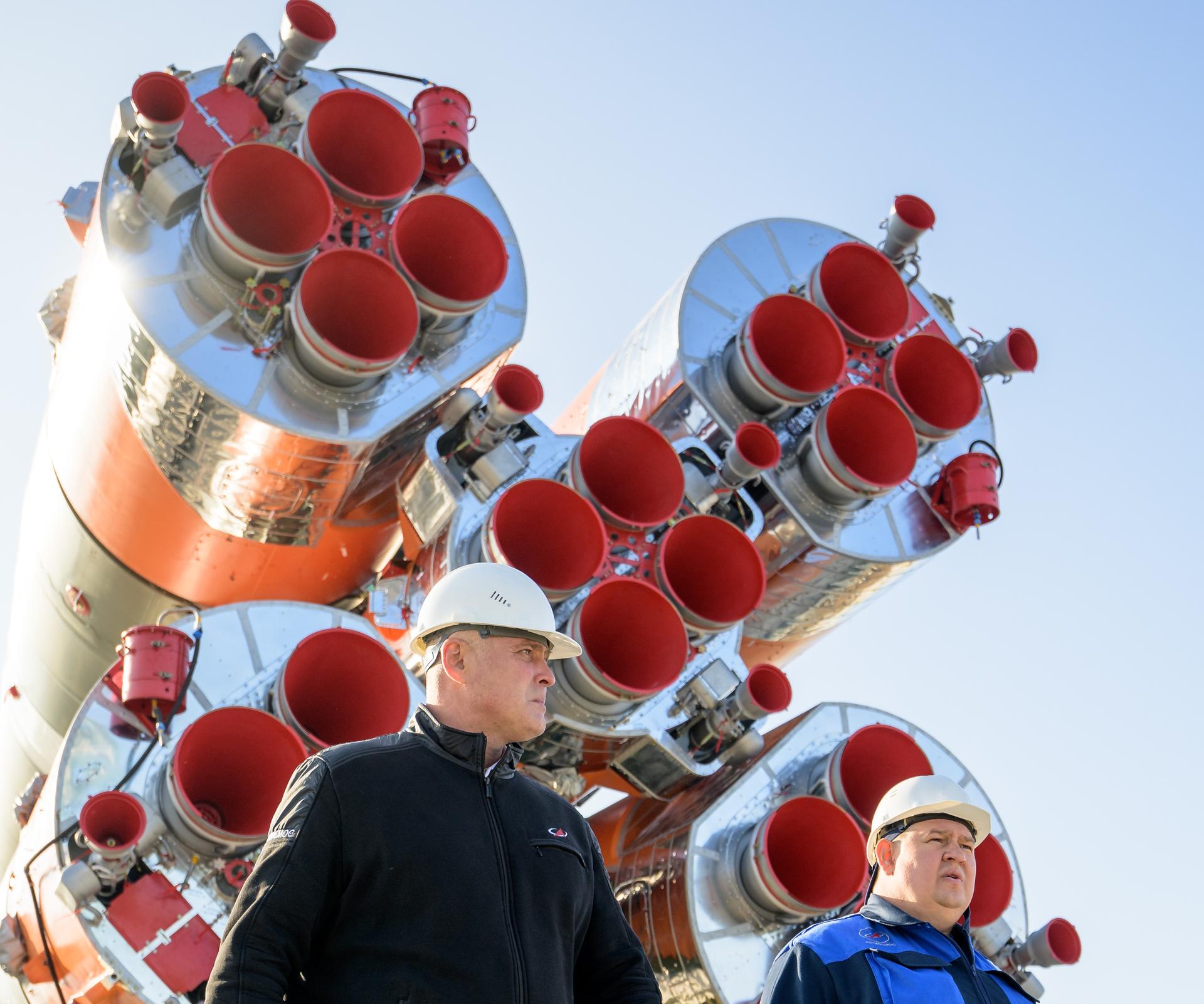
Photo by Bill Ingals/NASA
Upon completing the mission, Oleg Kononenko will surpass Russian cosmonaut Gennady Padalka to become the world's longest-spent human in space. Gennady Padalka set the world record in 2015, returning to Earth after amassing 879 days.
After launching at 15:44 GMT, the Soyuz MS-24 spacecraft is expected to arrive at the ISS two hours later.
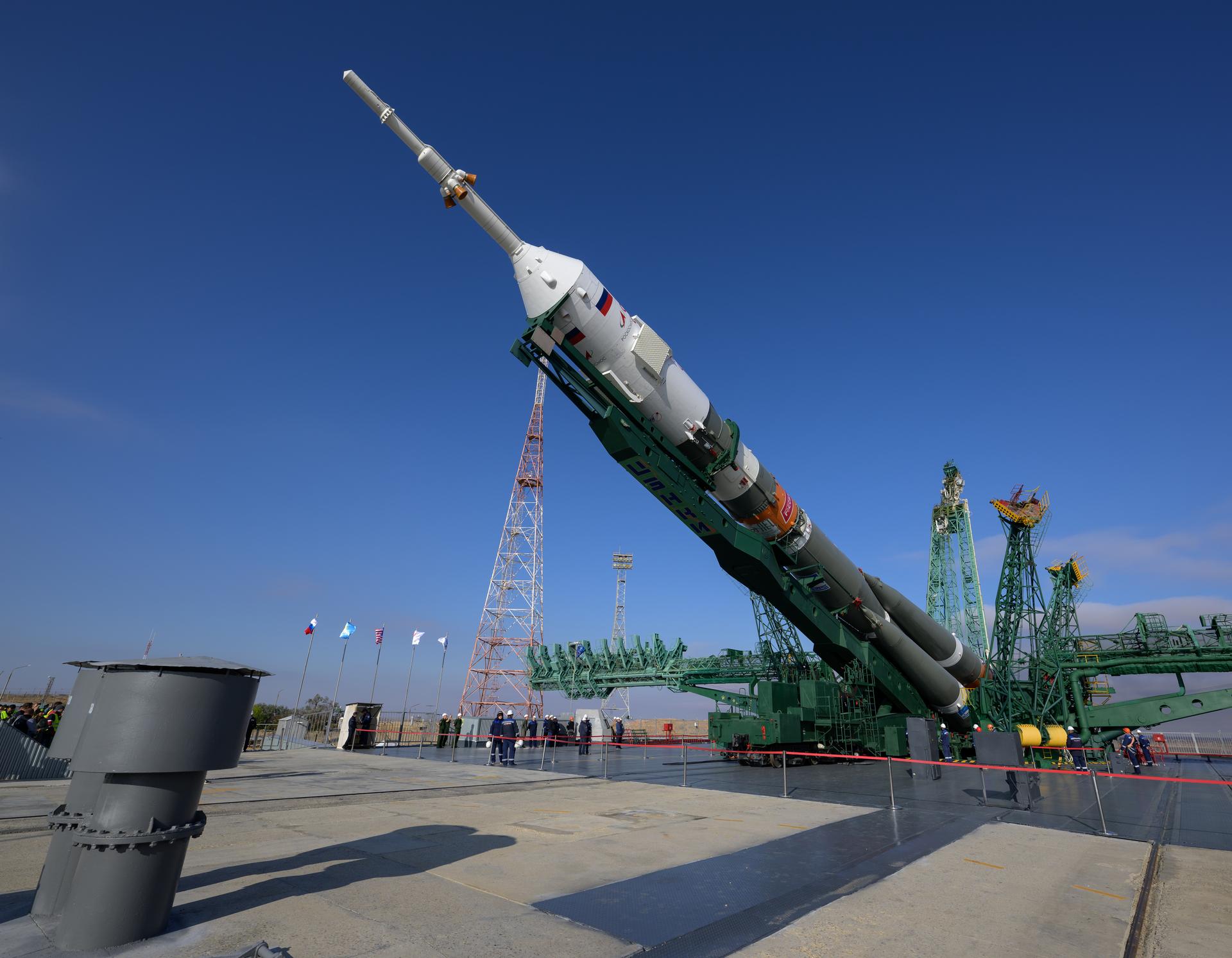
Photo by Bill Ingals/NASA
Soyuz MS-24 is scheduled to dock with the ISS's Rassvet module. With the arrival of MS-24, the crew members of MS-22 will prepare to return to Earth.
Due to the Soyuz MS-22 leak, NASA astronaut Frank Rubio and cosmonauts Sergey Prokopyev and Dmitry Petelin have now spent a full year in orbit.
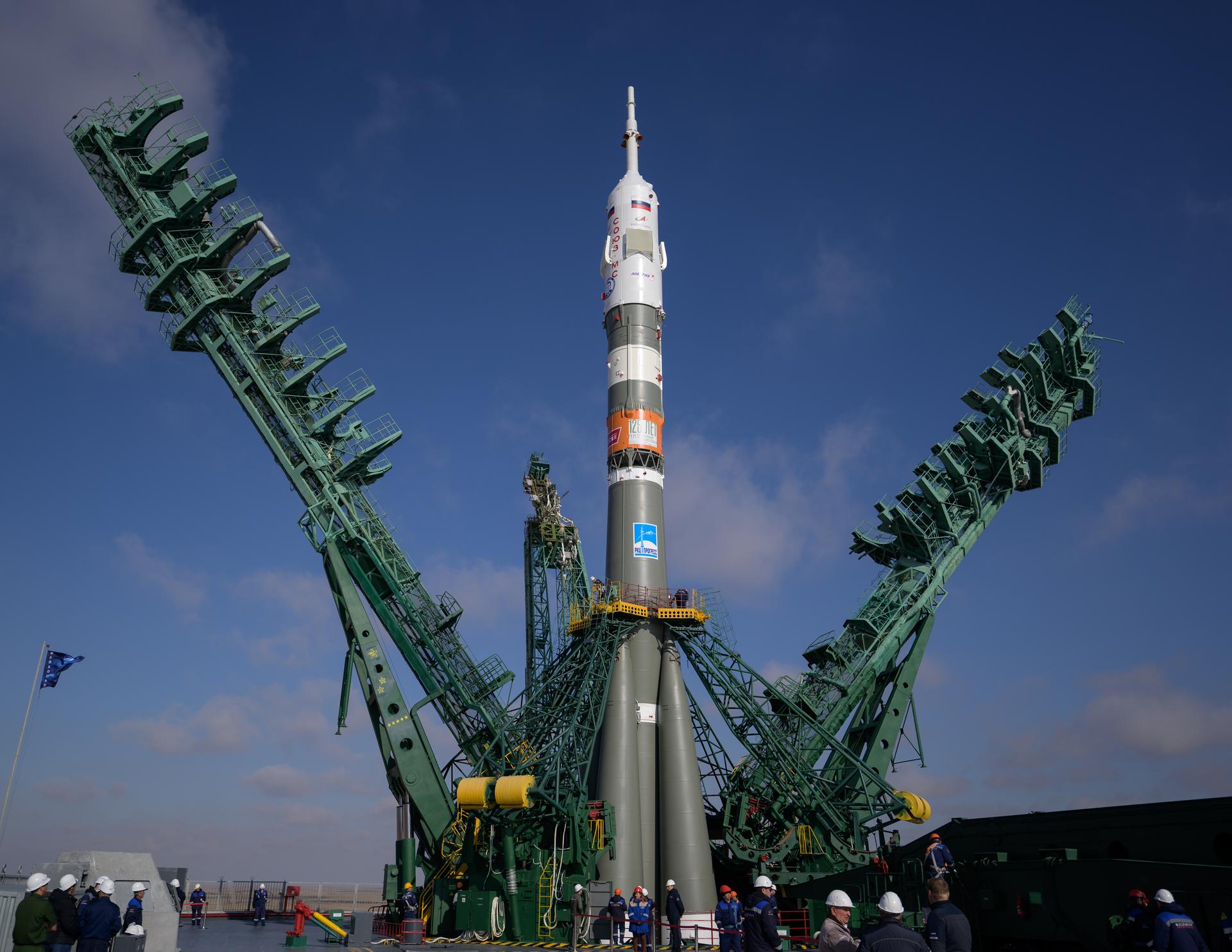
Photo by Bill Ingals/NASA
The leak, which a NASA spokesperson described as 'quite serious', originated from the cooling system of the Soyuz MS-22 spacecraft, and was first detected on December 14, 2022. The significant leak lasted for three hours.
"The cause of this leak is unknown at this time. Russian experts are continuing to review the data and discuss the possible cause of the leak," NASA spokesman Rob Navias said.
On March 28, 2023, the ISS returned Soyuz MS-22 to Earth without any astronauts, leaving ground scientists to investigate the cause.
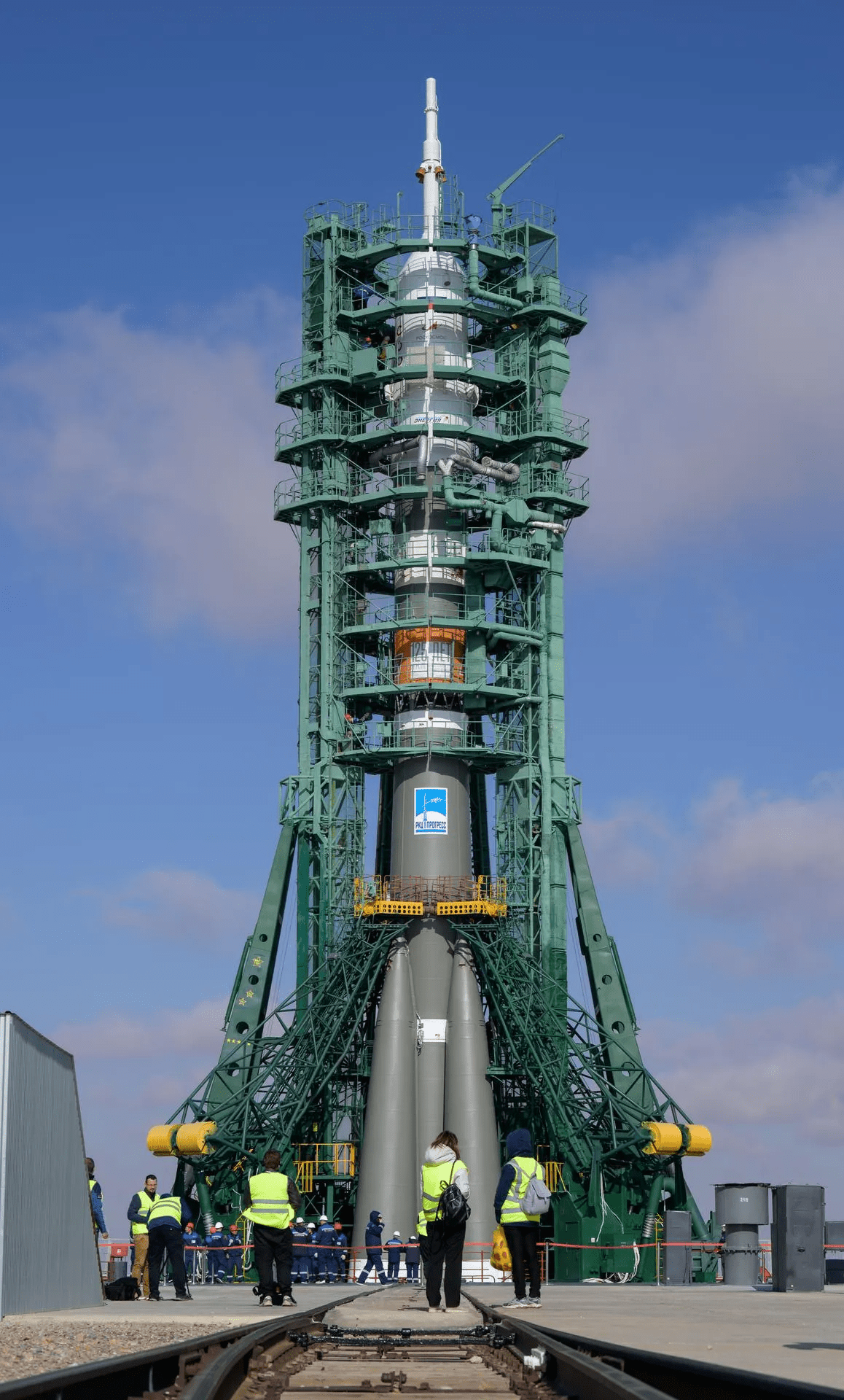
Photo by Bill Ingals/NASA
NASA astronaut Frank Rubio has now officially broken the US record for consecutive days in space, amassing a total of 355 days.

Photo by Bill Ingals/NASA
"My family is the foundation that inspires me and keeps me grounded during my days on the ISS," Frank Rubio said in a video recorded on September 5 and aired on NASA Television on Tuesday, September 12.
Source: Space.com, NASA/Photo, Everydayastronaut
Source











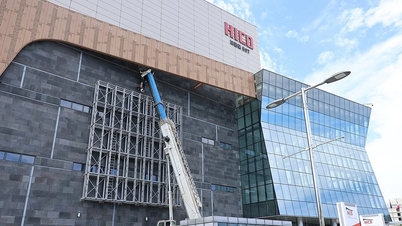






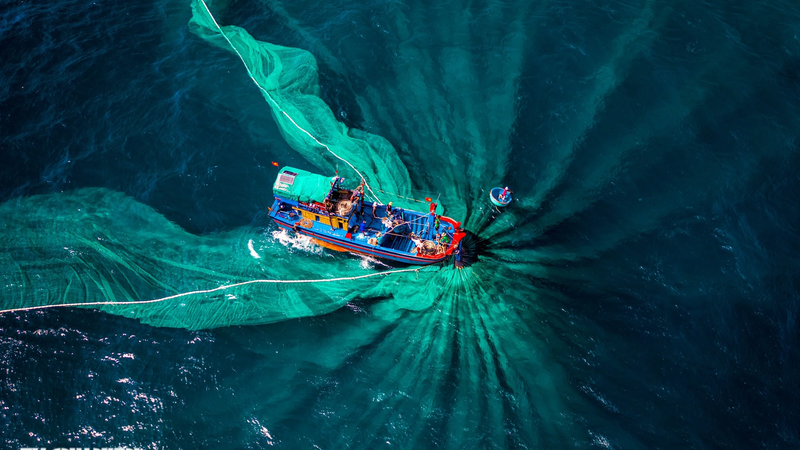

























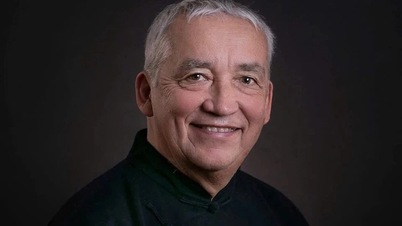











































Comment (0)